Paddle Boarding is one of the fastest-growing water-sports out there and it's easy to see why! From the serene, picturesque views to the pure joy of being out on the water, it’s no wonder so many people are choosing this as their new hobby.
With so many paddle boards to choose from, it can be hard to know which one is right for you. In this article, we break down the differences between solid and inflatable paddle boards so that you can make an informed decision.
- Stability
The width of the board is most frequently associated with balance; the wider the board, the more evenly balanced the board will be.
Furthermore, inflatable boards typically sit higher on the water than solid boards, increasing the likelihood of instability in strong winds or waves.
Solid boards, on the other hand, are typically more stable in choppy conditions.
- Portability
The most convenient kind of board to transport is an inflatable paddle board. Because inflatables roll up to the size of a sleeping bag when deflated, you don't need a big truck, SUV, or van.
When you go on vacation, you can easily fly with inflatables, which is a fantastic benefit. Put it in a checked bag to avoid having to pay the annoying airline surfboard fees that hard paddle boards will accrue.
You will need a big car or car racks to transport solid paddle boards. Additionally, because hard paddle boards are heavier, carrying them to and from the water will be more difficult.
- Durability
Solid paddle boards are less durable than inflatable paddle boards. Your inflatable won't dent or scratch if you drop it accidentally. In the event that your hard paddle board is dropped, there is a chance that it may sustain damage and require immediate repair. The best choice if you want a carefree board is an inflatable.
Inflatable paddleboards are the best choice for whitewater or rocky river paddling because they are more durable.
- Performance
Solid paddle boards perform better than inflatable paddle boards when it comes to performance. When SUP surfing, non-inflatable paddle boards are more maneuverable, glide better, and are simpler to catch waves. In other words, if you want to use your paddle board for SUP surfing, SUP racing, or long-distance expeditions, solid paddle boards are your best bet.
Experiments have shown that hard paddle boards are 5% faster than inflatable paddle boards.
This demonstrates that inflatables are incredibly rigid and aren't much slower than epoxy boards in terms of speed.
- Storage
How much storage space your home has should be taken into account when choosing between an inflatable and a solid paddle board. An inflatable will be your best choice if you reside in an apartment or house without a garage (or with little storage space). Almost anywhere in your house is a good place to store your inflatable paddle board.
You should think about where you will store your solid paddle board both during the SUP season and the offseason before making a purchase.
Both solid and inflatable paddle boards offer a variety of benefits that can help you explore and enjoy the water.
Ultimately, however, which type of board is best for you will depend on your individual needs and preferences.
Do you need something lightweight and easy to store? An inflatable model may be ideal. Are speed, power, and stability important factors in your decision? A solid board could have everything you’re looking for.
In the end, it all comes down to personal preference - so make sure to do your research before making that purchase!
If you want to buy quality paddle boards for your next paddle boarding day at the beach, Kiteline is a must check online brand.




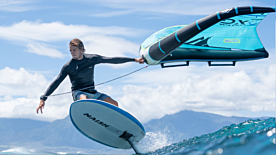
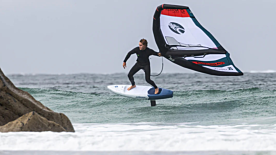
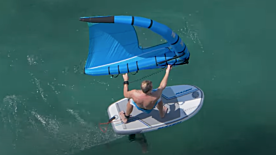
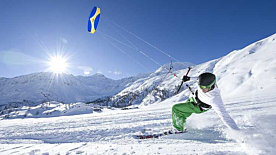
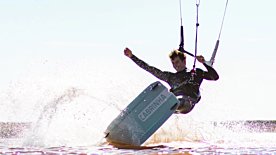
Validate your login